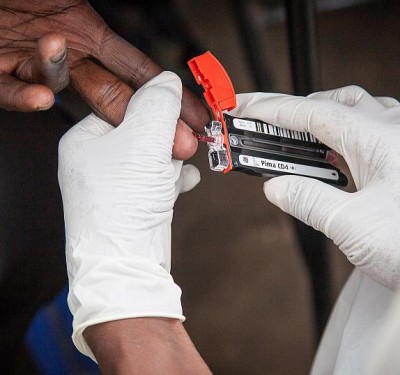In recent weeks, we’ve seen an exceptional level of attention toward and activity within the tech-forward defense industry. There is a positive sense that we are collectively breaking through with our narrative and call for action on uncrewed systems and autonomy integration and scaling of industrial base capacity. We must capitalize on our momentum. Real progress is urgently needed to transition our nation into the war fighting industrial and innovation powerhouse we need to deter adversaries, or fight and win if necessary.

ADDRESSING THE SAY-DO GAP
In September, the U.S. House of Representatives Committee on Armed Services held a field hearing in Silicon Valley titled, “Fielding Technology & Innovation: Industry Views on Department of Defense Acquisition.”
AUVSI members Skydio, Shield AI, Applied Intuition and Saildrone testified about the pace of the U.S. Department of Defense’s (DOD) innovation efforts and how drones and autonomy will help the U.S. military maintain competitiveness.
We were heartened to hear members of Congress engage in informed, in-depth Q&A with industry leaders. Clearly, they are taking uncrewed systems seriously and want to see DOD do more to leverage autonomy and pivot its acquisition process to focus on outcomes and solutions.
A key challenge is there remains a “say-do gap” on the integration of modern defense technologies, particularly autonomous systems. The DOD is mostly “saying” the right things but failing to adequately transition its acquisition priorities and funding to acquire modern, autonomous and attritable technologies.
As the hearing reinforced, it is increasingly well understood that DOD must incorporate new technologies, especially autonomous systems, more rapidly based on lessons drawn from Ukraine, Israel and other conflict zones. However, there remains a gap on funding necessary to transition tech from demonstration to acquisition—the so-called “Valley of Death.”
While these challenges are not new, they are increasingly urgent. The pace of the threat is evolving rapidly, and our ability to respond to multiple challenges simultaneously is stretching us thin. We must learn from what is happening globally—from the Red Sea to the front lines in Ukraine—and adapt accordingly. Now.
DEFENSE INDUSTRIAL BASE CHALLENGES
Earlier this year, the Commission on the National Defense Strategy released its final report recommending an “all elements of national power” approach to defense. The House Armed Services Committee recently held a hearing to examine the Commission’s findings, and AUVSI submitted comments for the official record.
As our comments explained, the defense industrial base, including small and medium sized businesses building dual-use technologies, face significant challenges, including lack of consistent DOD orders, slow integration of uncrewed systems within the service branches, and a DOD acquisitions process that is still in place from the Cold War era. AUVSI recommended various actions in our comments.
First, Congress should increase funding for, and DOD should place, large-scale orders of autonomous and uncrewed systems. DOD placing large scale orders for autonomous systems—for use by the U.S. warfighters as well as arming our partners and allies—would meaningfully help to address the challenges of scaling production. Placing orders would fuel additional innovation and ensure U.S. technology remains ahead of our strategic competitors.
Second, DOD should evolve the Replicator initiative into an acquisition process that accelerates the deployment of uncrewed systems to warfighters. Replicator has set forward a clear process that has created a demand signal for uncrewed systems and energized private sector response to production needs. We are hopeful Replicator will set a new standard way of doing business within DOD and evolve into an agile acquisition process that accelerates capabilities to the warfighter and significantly alters our adversaries’ aggression calculus.
LOOKING AHEAD
The United States’ advantage is that we boast strong capital markets and a culture of innovation. At AUVSI, we’re working to do more to ensure DOD can access these resources in a way that meets our critical security needs.
Our collective goal must be to ensure the U.S. remains at the forefront of autonomous technologies and that the demand signal is there for private capital to invest in building the industrial base that is needed now, and that will be required in the immediate future.
In October, AUVSI hosted its last major in-person event of 2024: AUVSI Defense, Part III—Autonomy in Action. AUVSI Defense is all about connecting the dots between points of friction we’ve identified from our members and the DOD and moving forward with solving problems in a way that will bolster defense readiness and warfighting, national security and strategy deterrence.
We know uncrewed systems and autonomous technologies will be the tip of the spear for the warfighters, and AUVSI is committed to being the tip of the spear for companies and leaders in the uncrewed systems industry who are taking risks, innovating, building, and supporting the U.S. military’s long-term readiness. Forward!
Michael Robbins is President & Chief Executive Officer at the Association for Uncrewed Vehicle Systems International (AUVSI), the world’s largest trade association for uncrewed systems, autonomy and robotics, in both the commercial and defense sectors. He joined AUVSI in 2020 and previously served as Chief Advocacy Officer and an Executive Vice President.






